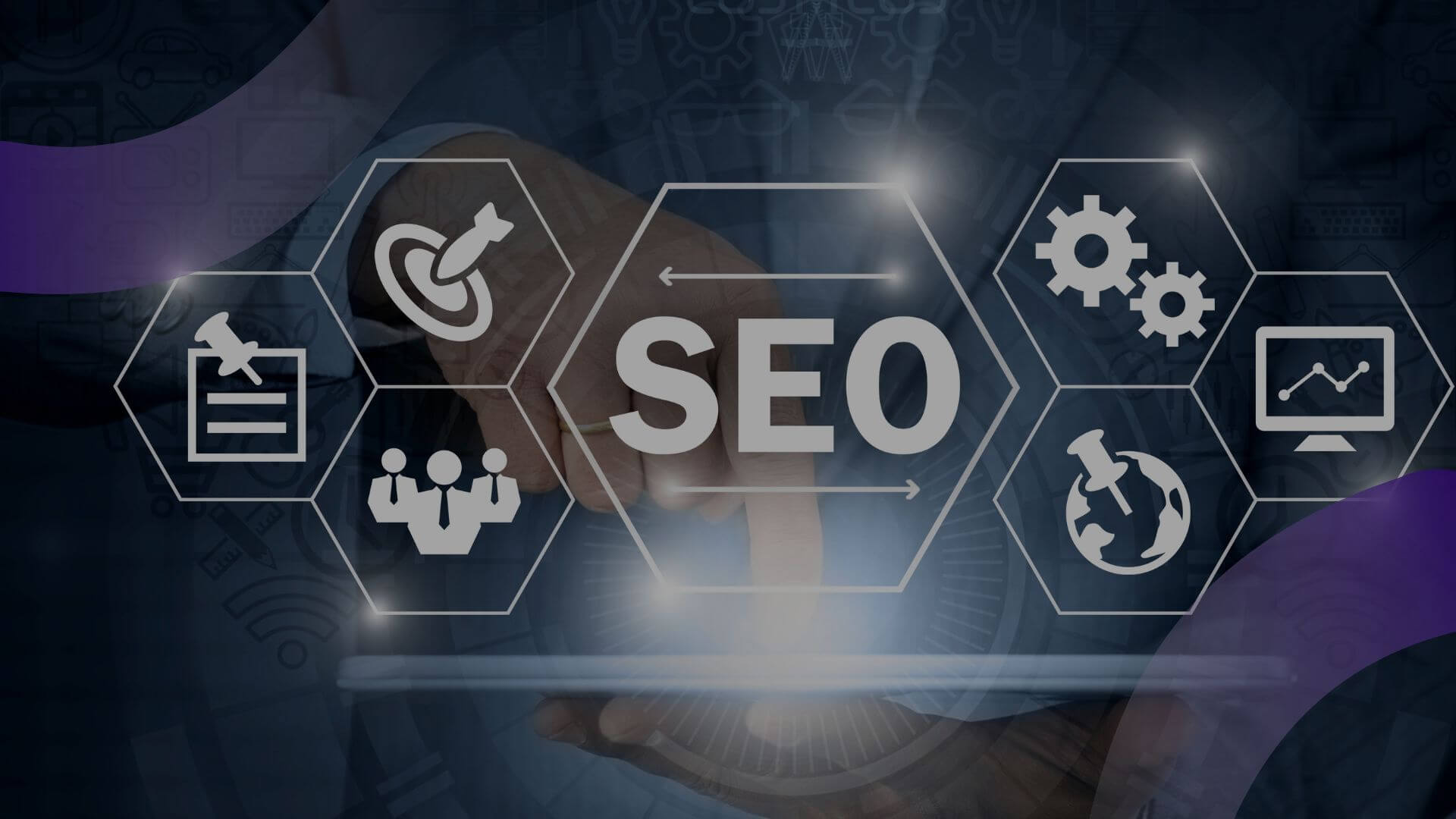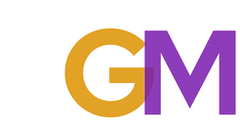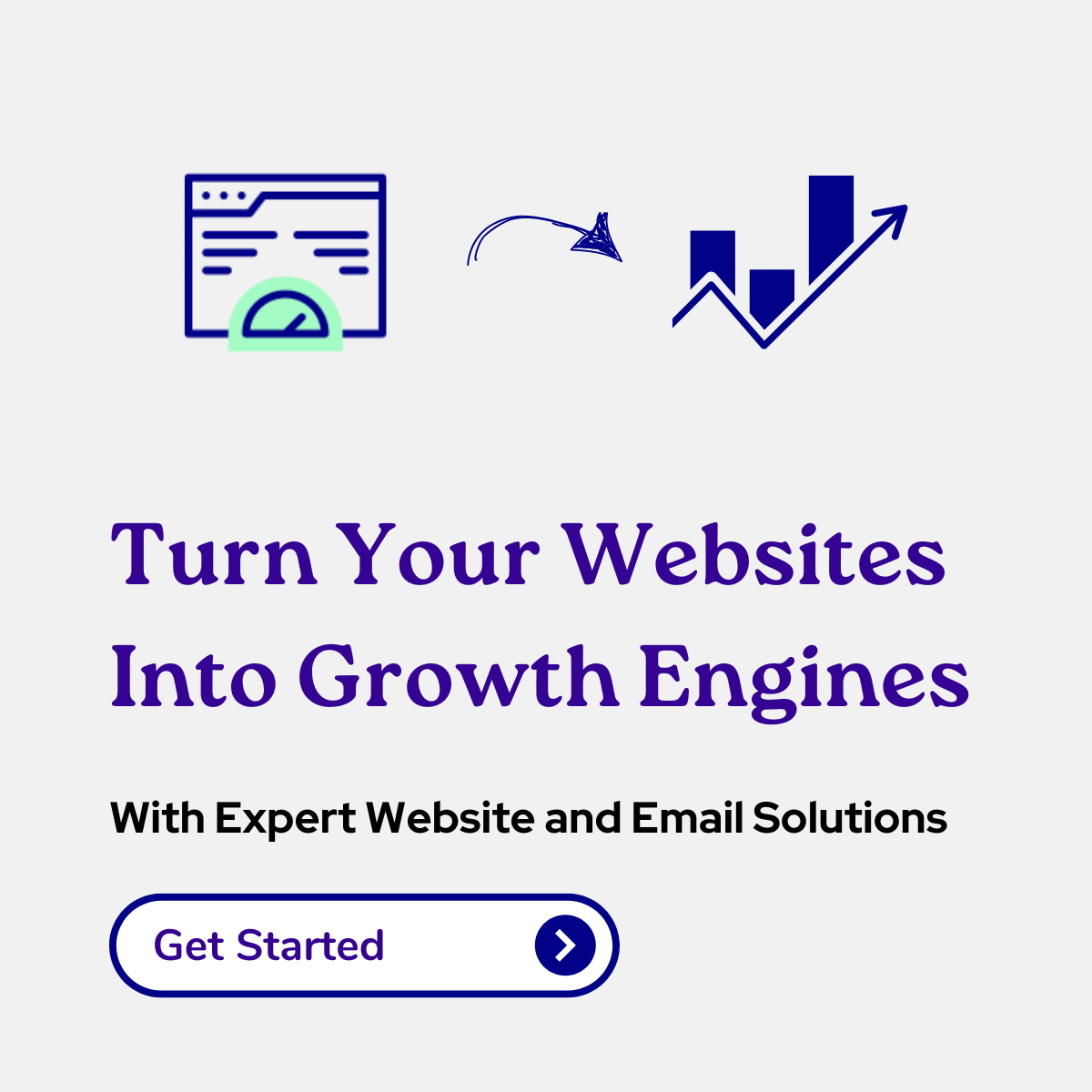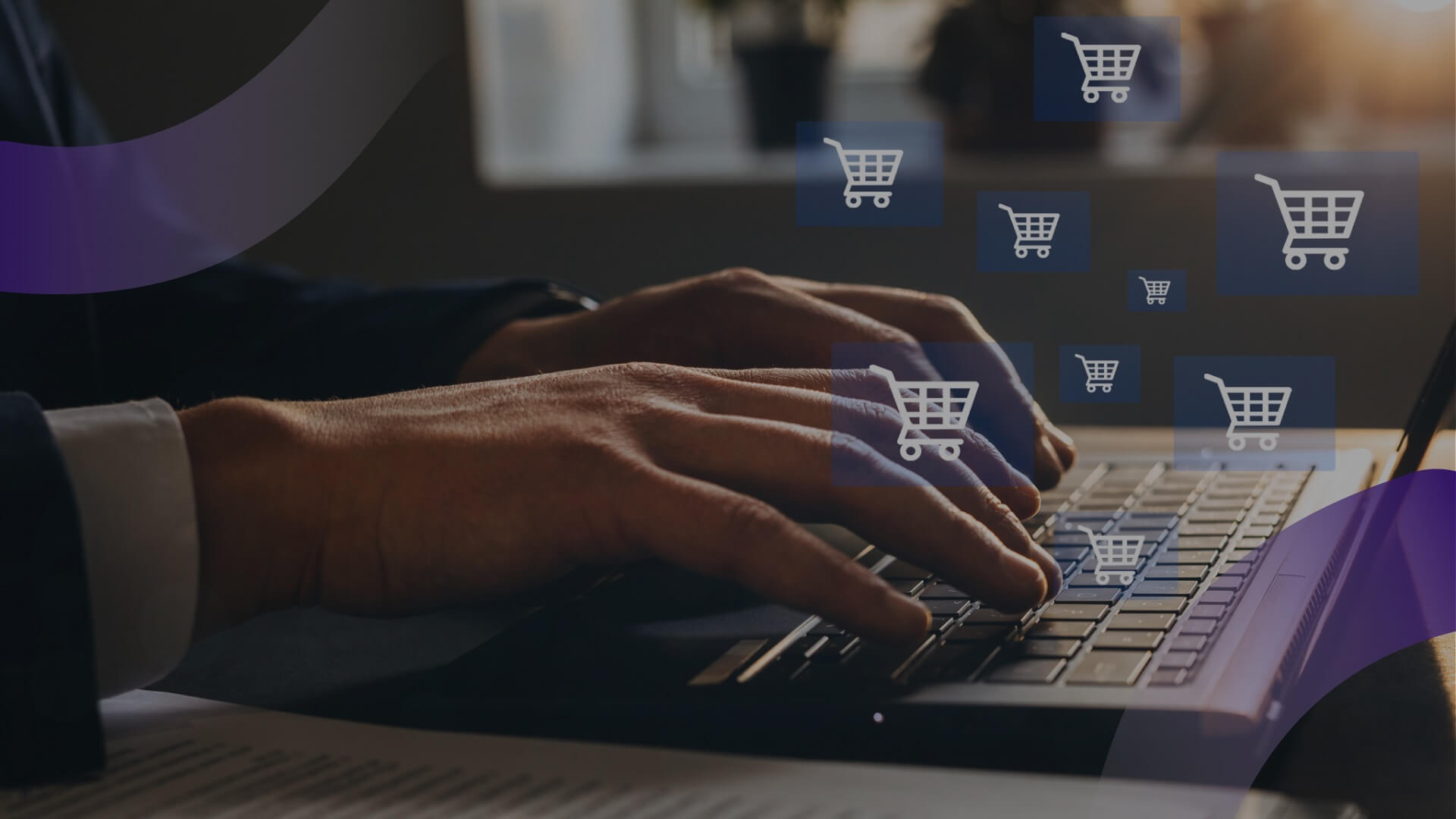On-Page SEO Optimization plays a crucial role in enhancing your website's visibility and performance. If you're running a website and want to improve its rankings on search engines like Google, Bing, etc. Focusing on SEO Optimization at the page level is essential.
This blog will explain what On-Page SEO Optimization is, the key elements involved, and how it directly affects your website’s visibility and success.
In summary -
On-Page SEO Optimization refers to optimizing individual web pages to rank higher in search engines.
Key On-Page SEO elements include title tags, meta descriptions, headers, keyword usage, internal linking, and image alt text.
Effective SEO Optimization improves website visibility, resulting in better rankings, increased traffic, and enhanced user experience.
Website Optimization ensures that your site is both search engine and user-friendly, directly impacting your business's online success.
What is On-Page SEO Optimization?
On-Page SEO Optimization refers to the practice of optimizing individual web pages in order to rank higher and earn more relevant traffic in search engines. This involves both content and HTML source code optimization to ensure search engines can easily understand and rank your website. Unlike off-page SEO, which focuses on external signals like backlinks, on-page SEO deals with factors you control directly on your website.
Key Elements of On-Page SEO Optimization
1. Title Tags
The title tag is one of the most important elements of On-Page SEO Optimization. It appears as the clickable headline in search results and should include your primary keyword. An optimized title tag not only helps search engines understand what the page is about but also attracts users to click through to your website.
Effective titles inform users about your page’s content while stimulating curiosity to encourage clicks. Incorporate power words and action verbs that evoke emotions or urgency.
Pro Tip: When we add a new blog article to The BGM Blog - we use Free Headline Analyser Tool by Monster Insights - it helps us check the impact of our title tags.
2. Meta Descriptions
Meta descriptions appear beneath the title on SERPs and should complement the promise made by the title. While meta descriptions don’t directly impact rankings, they significantly influence click-through rates (CTR). A well-crafted meta description with relevant keywords can encourage users to visit your page, which indirectly affects rankings.
What does a good meta description contain?
- Keep it up to 155 - 160 characters
- Use an active voice and write it in a way that it encourages click to title.
- Use your focus keyphrase
- Make sure it matches the content of the page
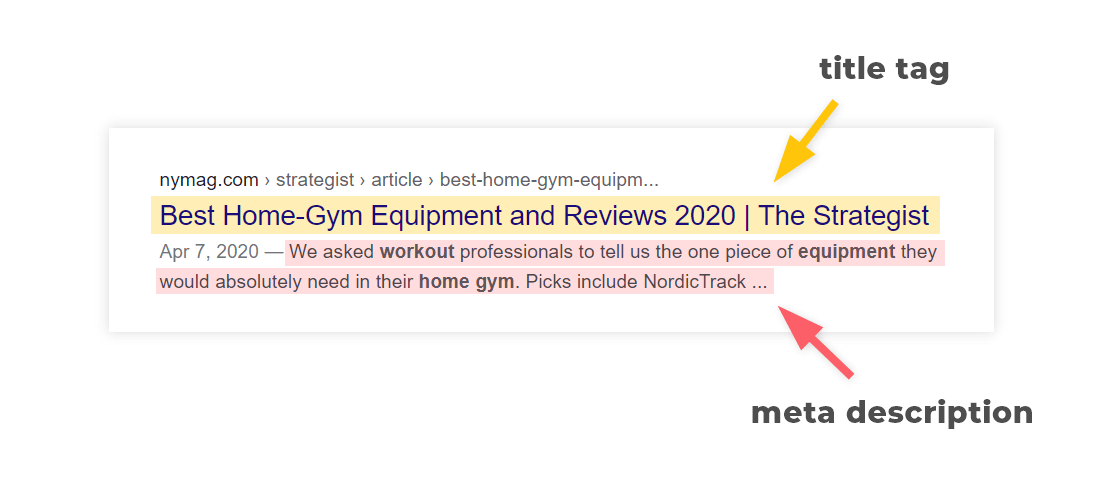
3. Header Tags (H1, H2, H3)
Header tags, particularly the H1 tag, define the structure of your page content. Including your main keyword in the H1 tag helps search engines understand the topic of your content. Subheadings (H2, H3) improve content readability and make it easier for both users and search engines to navigate your page.
Thanks to the folks at SEMRUSH - here is an example on how you should organise your content. Organizing your content effectively is key to enhancing its readability and SEO performance.
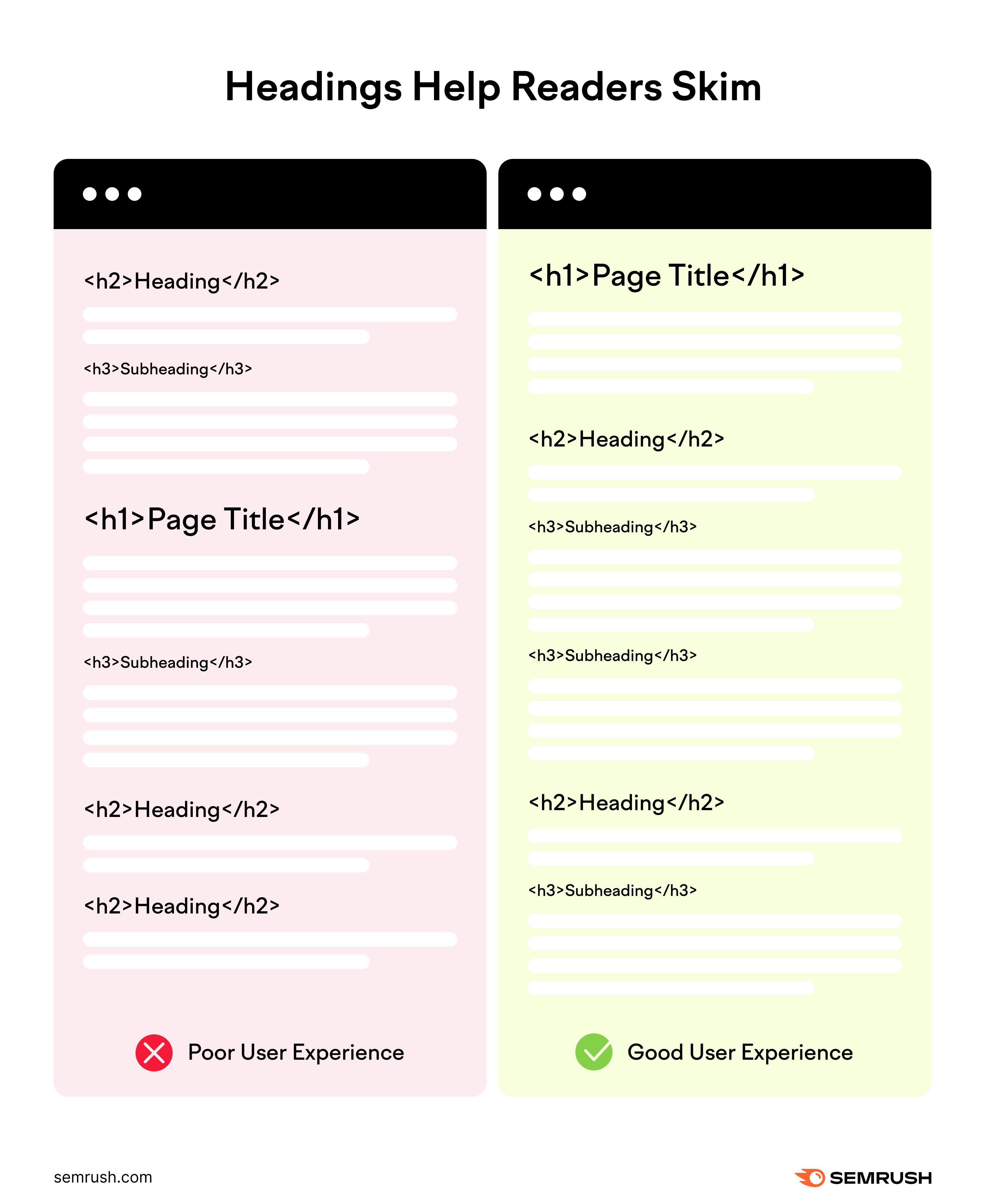
4. Keyword Usage
Strategic keyword placement is a fundamental part of SEO Optimization. Your primary and secondary keywords should be incorporated naturally into your content, title, and headers. Avoid keyword stuffing, as this can negatively impact user experience and lead to penalties from search engines.
5. Internal Linking
Internal links are hyperlinks that point to other pages on your website. This helps spread page authority and improves site navigation. Search engines use these links to understand the structure of your website, making Website Optimization more effective.
The importance of utilizing descriptive anchor text lies in its ability to provide users with a clear idea of the linked content and its relevance, enhancing their overall browsing experience and encouraging them to click through.
6. Image Optimization
Images play a key role in user experience, but they can also enhance your On-Page SEO Optimization. Use descriptive file names and alt text for images, and compress images to reduce loading times. Proper image optimization can improve both SEO and overall user satisfaction.
Add descriptive alt text to images
Descriptive captions and image alt text (or alt tags) are also crucial. Not only do these elements help make images accessible to people with visual impairments, but they help boost your on-page SEO and SERP rankings.
7. URL Structure
SEO-friendly URLs are short, descriptive, and include your primary keyword. A clean and organized URL structure helps search engines and users understand what the page is about before even clicking on it.
8. Apply Schema Markup
Schema markup, or structured data, is a specialized coding language that conveys essential information about your site to crawl bots. It helps Google rank your pages more accurately and is crucial for appearing in rich snippets or rich results on the SERPs.
How On-Page SEO Optimization Affects Your Website
1. Improved Search Engine Rankings
The primary goal of On-Page SEO Optimization is to improve your website’s position in search engine results. When you optimize key elements such as title tags, headers, and keyword usage, search engines can better understand your content, making it more likely to rank higher for relevant queries.
2. Increased Website Traffic
Higher rankings naturally lead to more traffic. By focusing on SEO Optimization, you ensure that your website appears in front of the right audience, leading to more clicks and visits. Optimized meta descriptions and titles can improve your CTR, which also signals search engines that your content is valuable.
3. Enhanced User Experience
A well-optimized website not only ranks well but also provides a better user experience. Faster load times, clear navigation, and relevant content improve user satisfaction. Search engines, particularly Google, take user experience into account when ranking websites, making Website Optimization crucial for long-term success.
4. Higher Conversion Rates
When your website is properly optimized for SEO, it attracts more qualified traffic. This means users who are actively searching for what your website offers are more likely to convert into customers, improving your overall business outcomes.
You may want to read -
Conclusion
On-Page SEO Optimization is a critical aspect of any successful SEO strategy. By focusing on key elements like title tags, keyword usage, and internal linking, you can significantly improve your website’s search engine visibility, drive more traffic, and enhance user experience.
Investing in Website Optimization is one of the best ways to ensure your website continues to grow and thrive in the competitive digital landscape.

